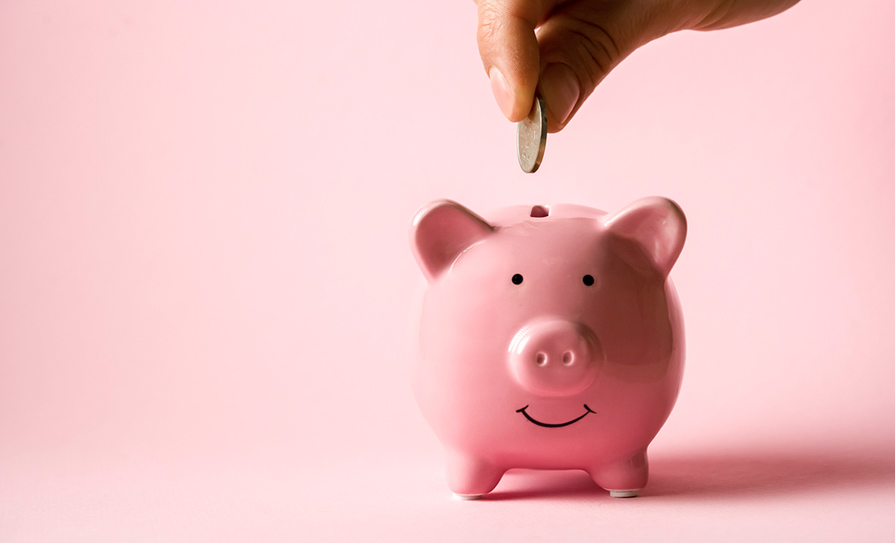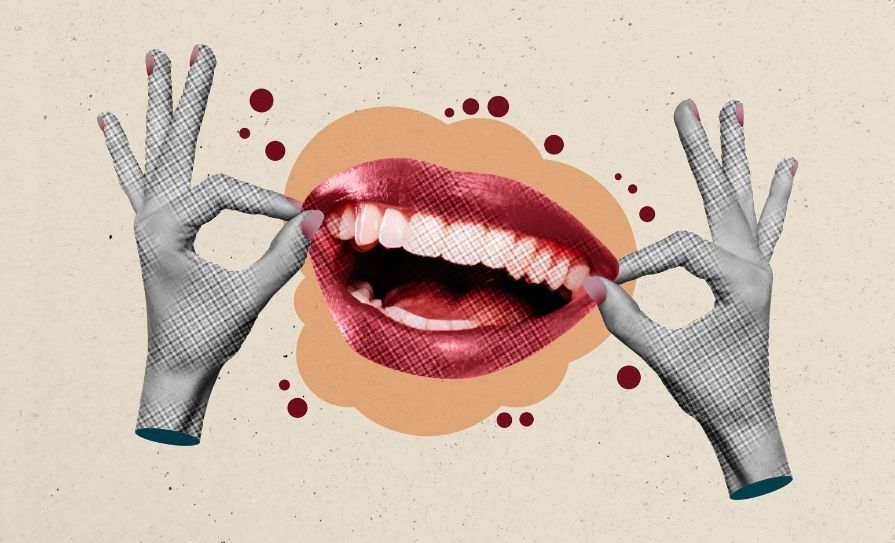I’ll not bore you with the facts and figures, but economically, the world is in a precarious position. Ireland and the UK are in the grips of a cost of living crisis, and just last month, JP Morgan warned that the US is perilously close to recession. People in these jurisdictions are going without healthcare because they can’t afford it, and the two years of Covid-19 have seen the richest 1 per cent of people seize almost two-thirds of all new wealth created since 2020, equating to roughly $42 trillion. This is almost twice as much money as the bottom 99 per cent of the world’s population, Oxfam revealed in a report published in January of this year. During the past decade, the richest elite 1 per cent have captured around half of all the world’s new wealth. So, how did we get here – how did we get to the point where people die if they simply can’t afford to live?
The earliest forms of currency were manifest in the shape of the barter system. Simply put, if I had a goat and you had an axe – and you by chance needed a goat and I needed an axe – then there was potential for a deal. Naturally, the same applied to provision of services. However, not everybody needed a goat or an axe at the same time, so some other form of tender was required that would be universally desired.
The earliest forms of this were beautiful cowrie sea shells, which of course had the advantage of being durable and more portable than a goat. This evolved into silver, gold, pelts and rice, hemp, pepper, cheese, and salt, among others. In fact, salt was so coveted as a currency that the word ‘salary’ itself is derived from ancient Rome, where soldiers were paid in a fistful of salt after a day’s work. This is the origin of the phrase ‘worth his salt’. Regarding pelts, this is where the term for dollars – ‘bucks’ – comes from. In the 1700s, American colonisers often traded with native Americans using pelts from buck deer. A document from 1748 showed that a barrel of whiskey would set you back ‘five bucks’. Beaver or rabbit pelts were often added to sweeten the deal.
Further back in history, in order to attract Greek physicians to ancient Rome, they were granted tax-free status. At the beginning of the Imperial reign, physicians at the top of their field were paid 250,000 sesterces, or about €10,000. Of course, the prestige of treating an emperor played a part, and the philosopher Pliny noted that the physician Quintus Stertinius “was content with the honour of serving the Emperor at the rate of 500,000 sesterces per annum, though his fame was such that he might have made 600,000 sesterces… in private practice”.
There were of course medical professionals of their time who provided care for free, and the pioneers were women. The Greek term anargyroi was used to describe selfless and charitable healthcare providers. It literally translates to ‘the silverless’, but is most often translated as ‘Unmercenaries’, as these people often offered their services free of charge. The first recorded were two Christian women, Zenaida and Philonella, sisters from first-century Tarsus (now a city in Turkey). They were known for doing their work free of charge and they competed with pagan physicians, who would try to swindle patients out of money with ‘magical cures’, such as amulets. It seems these two good Samaritans were stoned to death by their pagan competitors.
The concept of an exchange of goods or services for currency is apparently deep-wired on a primal level, literally. A series of experiments were performed with monkeys, who were provided with stones as a form of currency. Part of the study (‘Monkeys reject unequal pay’, Nature, 2003) was to also establish whether the monkeys could grasp the concept of inequity and their expectations in terms of exchange of goods or services.
In one experiment, two monkeys were caged side-by-side, with one receiving tasty grapes in exchange for a pebble as a form of currency, with the other getting only bland cucumber for their rock. Before long, the monkey given the cucumber began to throw back the food at the researcher in disgust at getting a ‘raw deal’. In a separate experiment, the monkeys were given a choice of tasty foods to ‘buy’ for their pebbles. Naturally, they would always choose the food they liked best, but when the price of their favourite food was increased, they chose the cheaper options.
However, in an unexpected twist, some of the male monkeys would sometimes forego food and pay the female monkeys for sex, and the females would then use the pebbles to buy more food for themselves.
So we have come from exchanging seashells, to the point where it looks like physical currency is on the way out and the future of money seems increasingly digital. Whatever the form of currency we are destined to use, the words of Benjamin Franklin seem appropriate to round-off:
“If you know how to spend less than you get,
you have the philosopher’s stone.”













Leave a Reply
You must be logged in to post a comment.